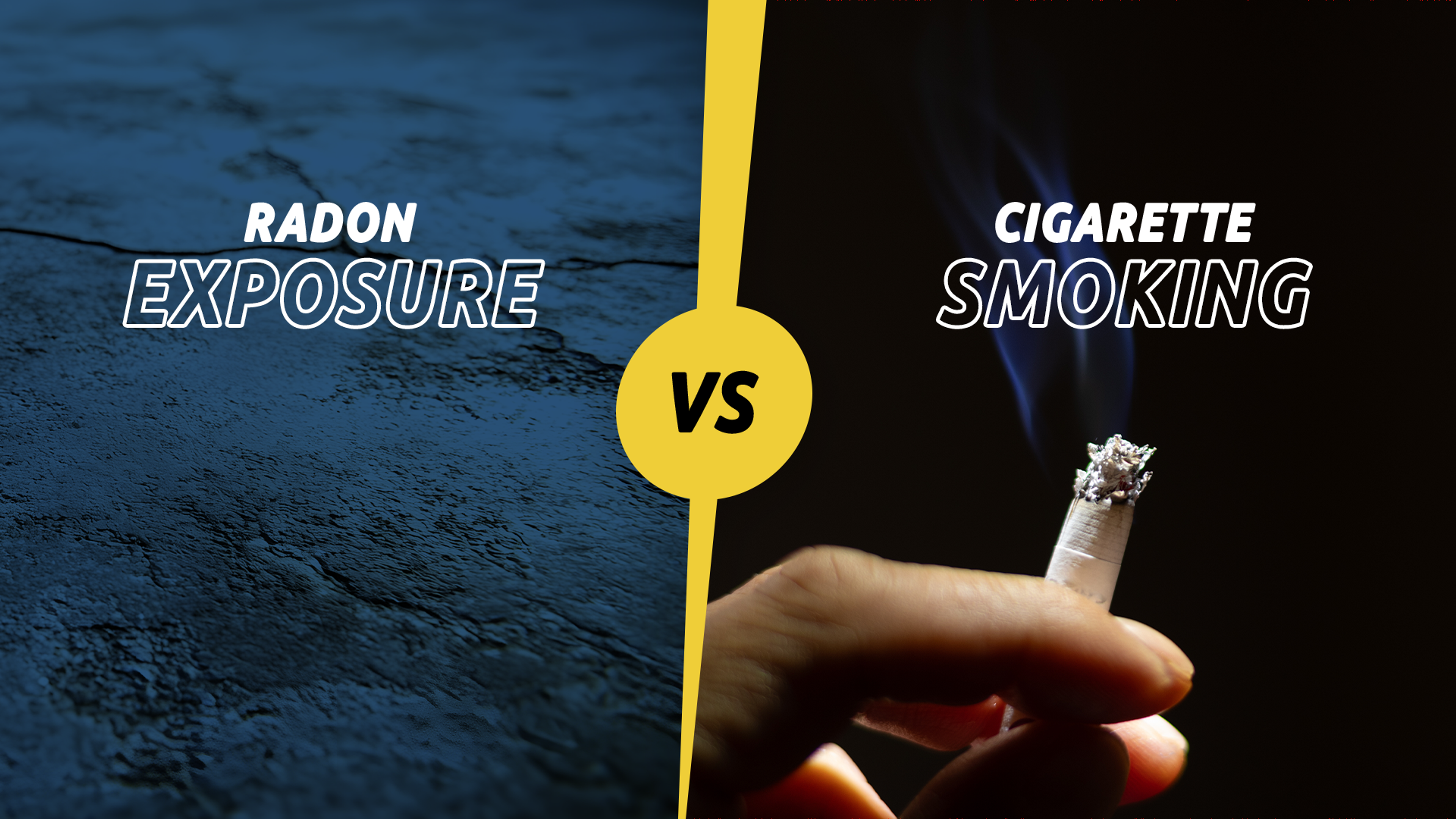

How Radon Enters Buildings
Radon is a naturally occurring, radioactive gas that is emitted from the decay of uranium within rocks and soil. This odorless, colorless, and tasteless gas—which many people are entirely unaware of—is the second-leading cause of lung cancer overall, and the leading cause of lung cancer in those who have never smoked. Although radon is more prevalent in certain geographic areas, any building in any geological setting can have dangerous levels of radon.
How does radon enter buildings?
After radon gas is emitted from the decaying uranium, it makes its way up through the soil and is eventually released into the atmosphere. In most scenarios, radon surfaces and is released harmlessly to the outdoors. However, radon is also able to make its way into homes, schools, and other residential and commercial buildings through cracks and openings in their foundations. As a result, radon can accumulate and create harmful conditions for people’s long-term health. Take a look at the diagram below to see the many different ways radon can enter homes.
What causes radon in basements?
Being in constant contact with the ground, a home’s basement is the main entry point for radon gas. Entry via parts of the basement with exposed earth like sump wells and drains or through the naturally porous concrete foundation of the basement provide radon plenty of efficient means of entering a home.
Conditions inside your basement can contribute to the radon level as well. When the pressure inside your basement varies greatly from the pressure outside you can create what is called “stack-effect”. This process actually draws air more forcefully between the high and low-pressure areas and can pull more air from the rock and soil beneath your home impacting your radon levels.
What type of buildings are affected?
All buildings and indoor spaces are susceptible to elevated levels of radon. Residential and commercial properties, schools, factories, and mines are all at risk, just to name a few. There is a common misconception that newer, tighter, and more energy-efficient structures are safer from radon, but research shows that these more airtight buildings tend to have higher levels more frequently than leakier, older ones.
Other sources of radon emissions come from the building materials themselves. In Sweden, “blue concrete”, or autoclaved aerated concrete (AAC), was used widely during construction from the 1920s to the late 1970s. This building material was based on uranium-rich alum shale, rock that originates from sediments that were deposited in the sea that covered Sweden 500 million years ago. Buildings that were built using blue concrete typically have higher concentrations of radon.
What can be done about radon?
When radon is released from the ground, there are ways it can be measured and mitigated. Once detected, a radon mitigation system can be installed for a reasonable price. An active system will pump radon from below the surface of the soil, and release it over the roofline. In addition, cracks in the foundations of buildings can be sealed to limit the flow of radon.
When radon is present in building materials themselves, a couple of methods of mitigating the gas exist. Increasing the ventilation so that radon never has a chance to accumulate is one option. Another method is to remove the building material that is polluting the building with radon.
Click here to stay informed about radon industry news and product discounts.
Published
August 08, 2023




